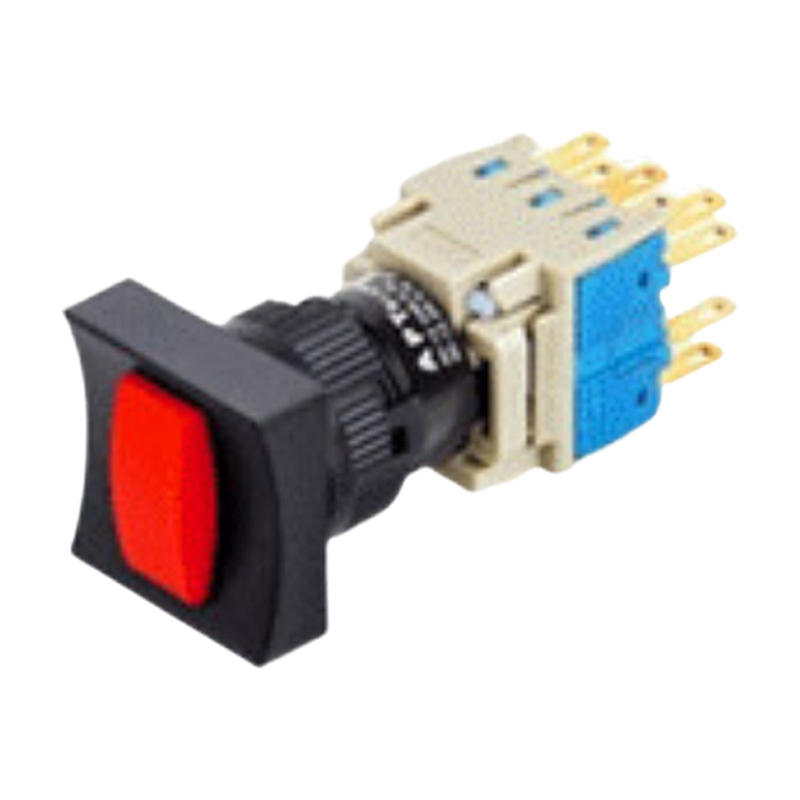Understanding Indicator Lights: A Comprehensive Guide
Introduction
In the realm of automotive technology, indicator lights play a pivotal role in ensuring the safety and smooth operation of vehicles. These essential components are designed to communicate various statuses and alerts to the driver, enhancing the overall driving experience. This article delves into the world of indicator lights, exploring their functions, types, and the importance of their proper maintenance for optimal vehicle performance.
The Role of Indicator Lights in Modern Vehicles
Indicator lights are an indispensable part of any vehicle's dashboard, serving as a visual signal to the driver about the car's various systems. They can indicate anything from engine health to external conditions, such as rain or fog. Understanding the purpose of each indicator light is crucial for safe driving, as they can alert drivers to potential issues before they become serious problems.
Types of Indicator Lights: A Detailed Overview
There are several types of indicator lights found in vehicles, each with a specific function. Here, we will discuss some of the most common types and their significance.
1. Check Engine Light
The check engine light is one of the most critical indicator lights. When this light illuminates, it signifies that there is an issue with the vehicle's engine or emissions control system. It is essential to have the vehicle diagnosed and repaired promptly to prevent further damage.
2. Oil Pressure Warning Light
This light alerts the driver to low oil pressure, which can lead to severe engine damage if ignored. Regular oil checks and timely oil changes are crucial to keep this light from illuminating.
3. Brake System Warning Light
The brake system warning light is another critical indicator that should not be overlooked. It can indicate issues with the brake pads, fluid levels, or other brake components, emphasizing the need for immediate attention.
4. Tire Pressure Monitoring System (TPMS) Light
The TPMS light is a safety feature that alerts drivers to low tire pressure, which can affect handling, fuel efficiency, and tire lifespan. Proper tire maintenance is essential for optimal vehicle performance and safety.
Indicator Lights and Vehicle Safety
Vehicle safety is a top priority for both drivers and manufacturers. Indicator lights play a significant role in this aspect, providing real-time feedback on the vehicle's condition. By understanding and responding to these signals, drivers can take proactive measures to ensure their safety and the safety of others on the road.
Diagnosing Indicator Light Issues
When an indicator light appears on the dashboard, it is essential to diagnose the issue correctly. This can often be done using an OBD-II scanner, which can read the vehicle's diagnostic trouble codes (DTCs). These codes provide specific information about the malfunction, allowing for targeted repairs.
Maintaining Indicator Lights for Optimal Performance
Regular maintenance is crucial for keeping indicator lights in good working order. This includes checking the bulbs for any signs of damage or burnout and ensuring that all connections are secure. By performing these checks, drivers can prevent false alarms and ensure that their indicator lights function correctly when needed.
The Impact of Indicator Lights on Fuel Efficiency
Indicator lights can also have an impact on fuel efficiency. For instance, a malfunctioning oxygen sensor can cause the check engine light to come on, leading to poor fuel economy. Addressing these issues promptly can help maintain optimal fuel efficiency and reduce emissions.
Indicator Lights and Emissions Control
Emissions control is a critical aspect of modern vehicles, and indicator lights play a role in this as well. Lights such as the check engine light can indicate problems with the vehicle's emissions system, which can lead to increased pollution if not addressed. By keeping an eye on these lights and addressing any issues, drivers can help reduce their environmental impact.
Indicator Lights and Driver Awareness
Driver awareness is key to safe driving, and indicator lights are a vital tool in this regard. By understanding the meaning of each light and responding appropriately, drivers can maintain control of their vehicle and avoid potential accidents.
The Future of Indicator Lights in Automotive Technology
As technology advances, so too do the capabilities of indicator lights. We are seeing more sophisticated systems that can provide detailed information about the vehicle's status, even offering predictive maintenance suggestions. These advancements are set to revolutionize the way drivers interact with their vehicles and enhance safety on the road.
Conclusion: The Importance of Indicator Lights in Modern Driving
In conclusion, indicator lights are a critical component of modern vehicles, providing essential information about the vehicle's status and helping to ensure the safety of drivers and passengers. By understanding the significance of these lights and maintaining them properly, drivers can enjoy a safer and more efficient driving experience.



